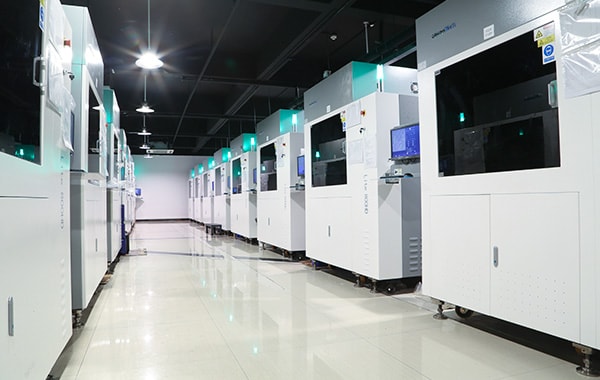In industrial manufacturing, 3D printing has always been considered a unique presence. It seamlessly complements traditional production methods, accelerating design development, prototyping, and certification processes.
Traditional Manufacturing vs. 3D Printing
Traditional Manufacturing:
In large-scale industrial production, the cost of mold development is spread over high production volumes. However, when it comes to both mass production and customized manufacturing, expanding mold production can become a high-investment, low-return approach. If the prototype design is flawed or unsuitable for manufacturing, the mold loses all value.
This is especially true for complex internal structures that require multiple rounds of polishing and maintenance. Businesses may invest significant capital without certainty of results, risking wasted resources.
3D Printing:
3D printing allows for immediate production without mold development or extensive labor. Skilled technicians can complete the entire process—from design to manufacturing—in a single workflow.
Before going to market, companies must conduct thorough product identification, risk assessment, and market evaluation. In traditional mold-based workflows, if post-mold certification reveals an unsatisfactory design, the sunk cost of mold development becomes an additional financial burden and increases pressure on design teams.
Advantages of 3D Printing
3D printing offers economic advantages by enabling multiple rounds of product verification at relatively low cost. This allows companies to refine designs, save on R&D expenses, and reduce economic pressure, which in turn encourages innovation. By accelerating the design iteration process, companies can make faster decisions and gain a competitive edge in the marketplace.
Beyond prototyping, effective management of small-batch production is equally critical. Industrial-grade 3D printers stand out for their customization capabilities, enabling creative freedom across applications such as model making, automotive components, and machinery parts.
However, despite its theoretical advantages, real-world adoption still faces challenges. Some manufacturers produce 3D printing equipment with low accuracy and poor stability, limiting widespread industrial use. Businesses should carefully assess application requirements before investing, ensuring both cost-effectiveness and decision-making precision.
Small-Batch Production with 3D Printing
In small-scale production, there’s no need for large assembly lines or mold fabrication. A single 3D printer—or just a few—can handle the workload while ensuring quality and maintaining control over production timelines.
Reliability is key; industrial 3D printers must maintain a high success rate in production. While 3D printing has moved past the initial media hype, it continues to progress steadily. In industrial manufacturing, it brings greater flexibility, improved asset utilization, and measurable positive impact.



